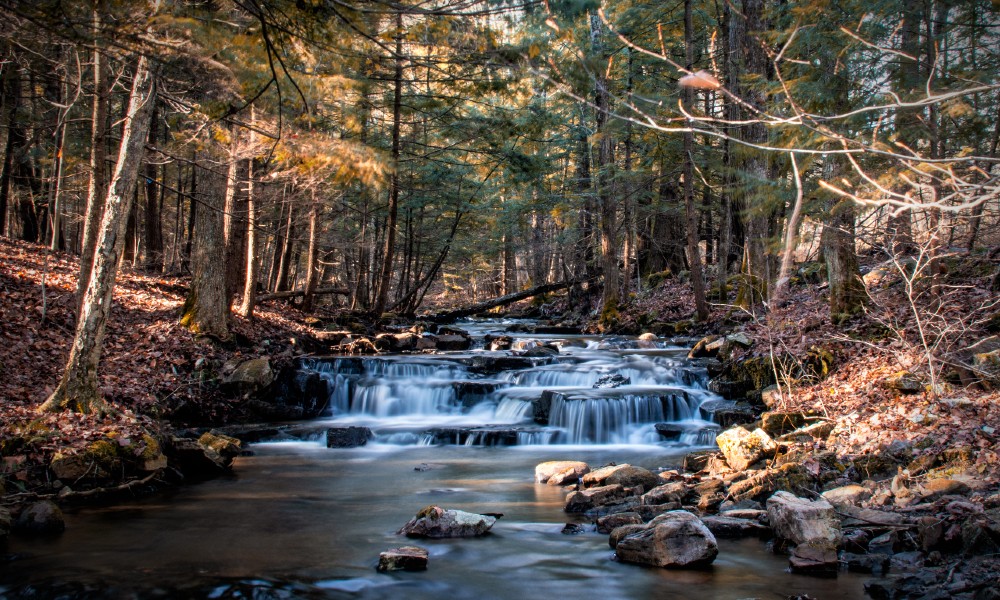A big part of effective design is knowing when to stop designing. Whether it be shiplap walls in a modern farmhouse or sparkly jewelry on a runway model, too much of a good thing can quickly become bad. The same is true of city design—a beautifully designed urban center can feel like a concrete prison when nary an inch of it is left undeveloped. Luckily, Saratoga’s designers and urban planners have understood this pretty much since the beginning.
“Going back to Spencer Trask and the creation of the reservation, which is now the Spa State Park, and going back even further to Congress Park, if it weren’t for forward-thinking people a very long time ago, we wouldn’t have the resources we have now,” says Tina Carton, the City of Saratoga’s administrator of parks, open lands, historic preservation and sustainability. Part of Carton’s job is to oversee how those resources, or Saratoga’s “Greenbelt,” is or isn’t used. The Greenbelt, which almost entirely encompasses Saratoga’s “urban core”—a.k.a. downtown—is made up of wetlands, woodlands and stream corridors; public recreation lands; scenic viewsheds; farmland; and institutional open space resources. (The Greenbelt is not to be confused with the Saratoga Greenbelt Trail, which, when completed, will connect the city’s neighborhoods via 24 miles of walking/biking trails.) It’s because of the Greenbelt that Saratoga has come to be known as the “City in the Country.”

Though the Spa Park and Yaddo’s gardens are parts of the Greenbelt that aren’t subject to development, some parts of it are. So it’s only through continuous advocacy and city planning that there is still so much open space in Saratoga. The city is actually in the beginning stages of updating its 2002 Open Space Plan, which set priorities for future land use here, and recently put out a community survey. “One of the questions we’re going to be asking is, ‘Do you know that the city is referred to as the City in the Country, and what does that label mean to you?’” says Carton. “[The survey’s results] are going to be very interesting, because the Open Space Plan hasn’t been updated in so long. There are a lot of newer people here.” The survey will also ask residents what type of green space they’d like more of, whether that be nature preserves, recreation fields or pocket parks.
Having ample open space has some obvious benefits to a city, in terms of residents’ wellbeing and environmental health, and it can even affect the economy (studies have shown that nearby green space increases property values, and wetlands can reduce the need for storm management infrastructure). But there’s yet another plus to having the Greenbelt. Rather than allowing the developed part of the city to expand outward and become a portion of sprawling suburbia, the preservation of the Greenbelt has ensured Saratoga has stayed a “city.” “Preserving the open space really did concentrate our resources downtown,” Carton says. “And it made it this really wonderful, walkable city that, especially during COVID, people have really appreciated.”


